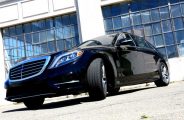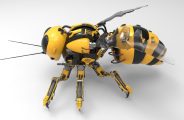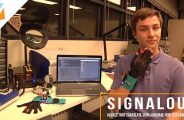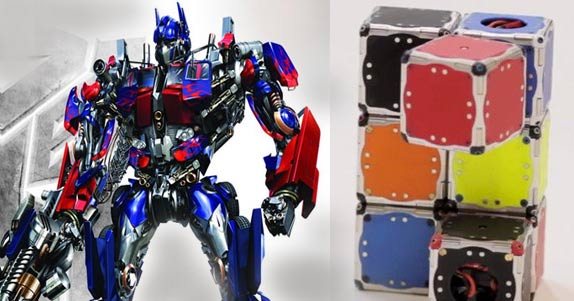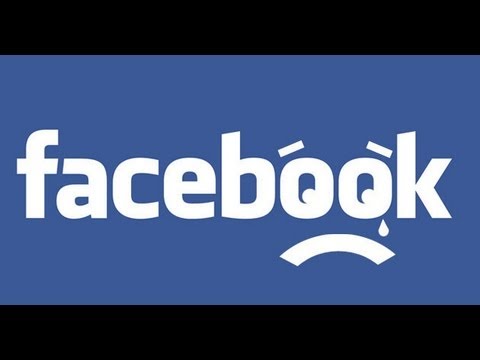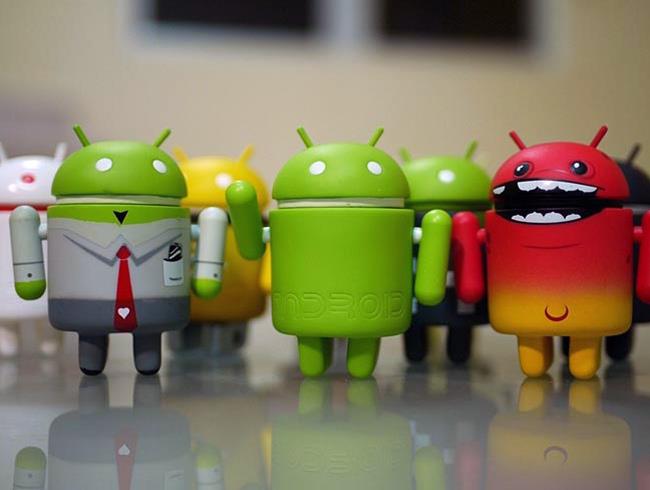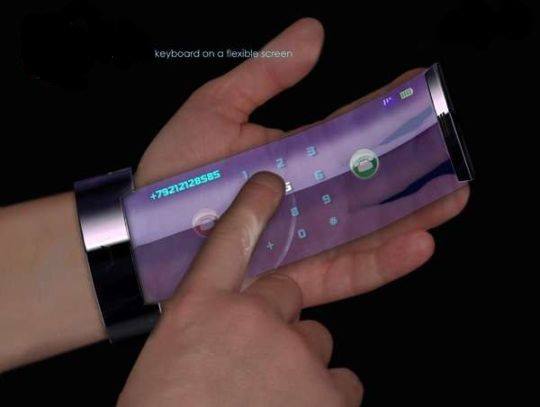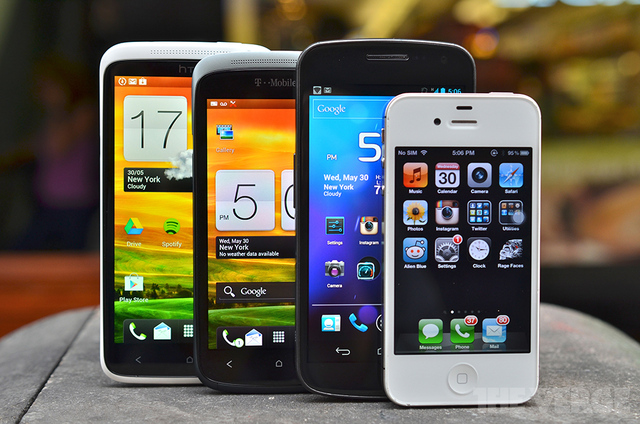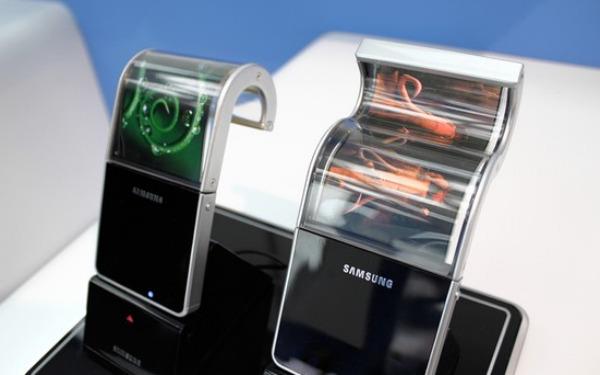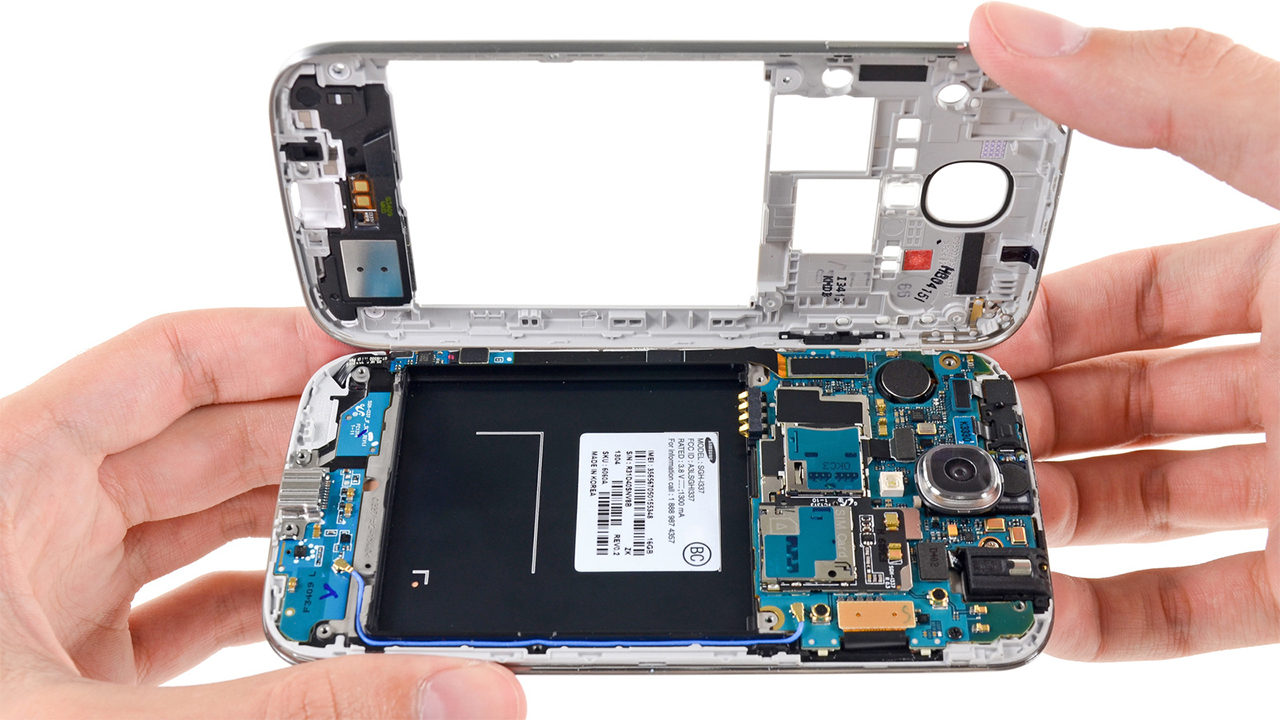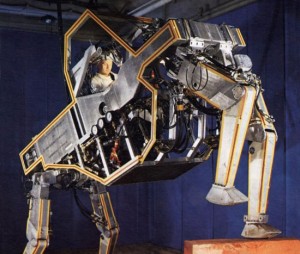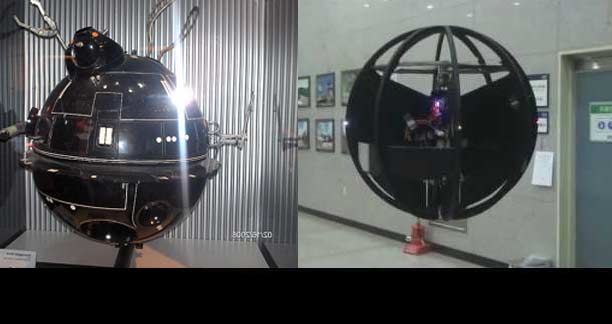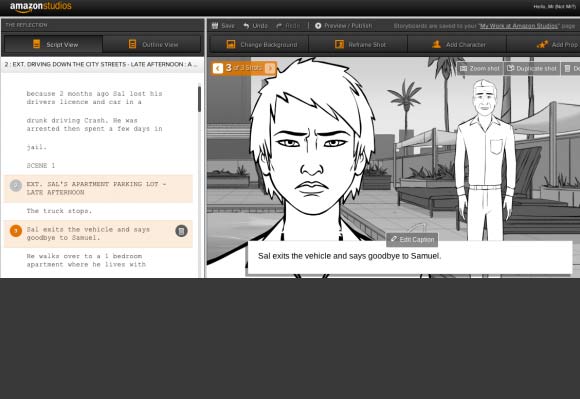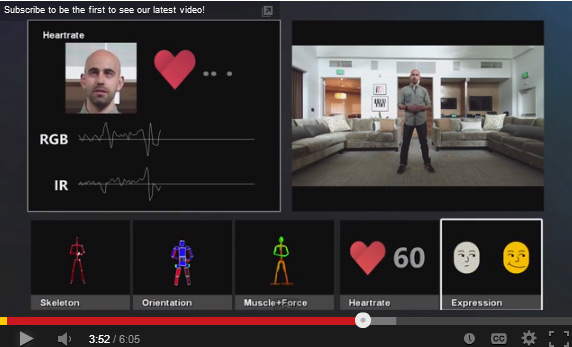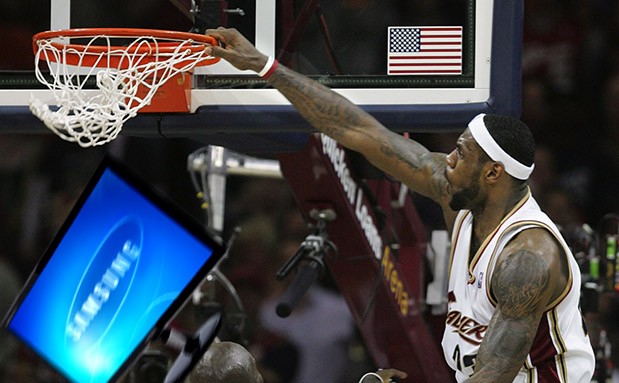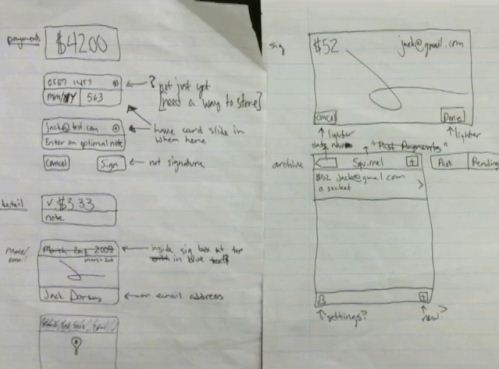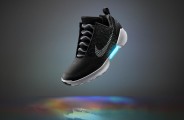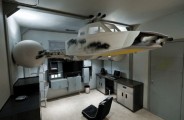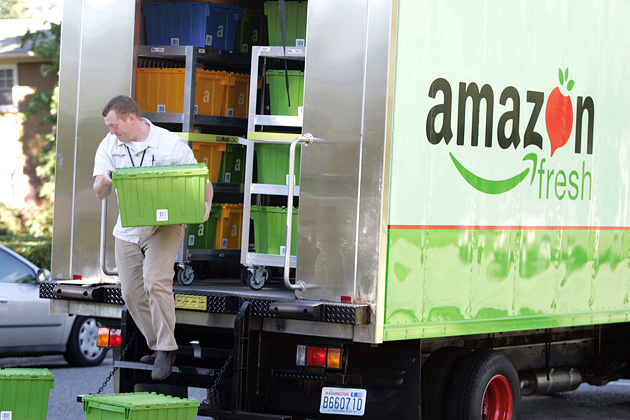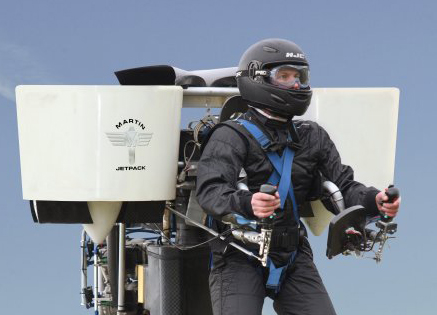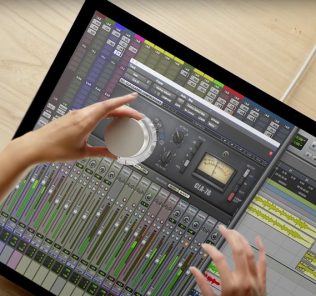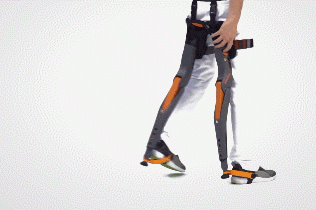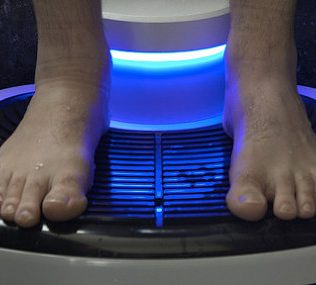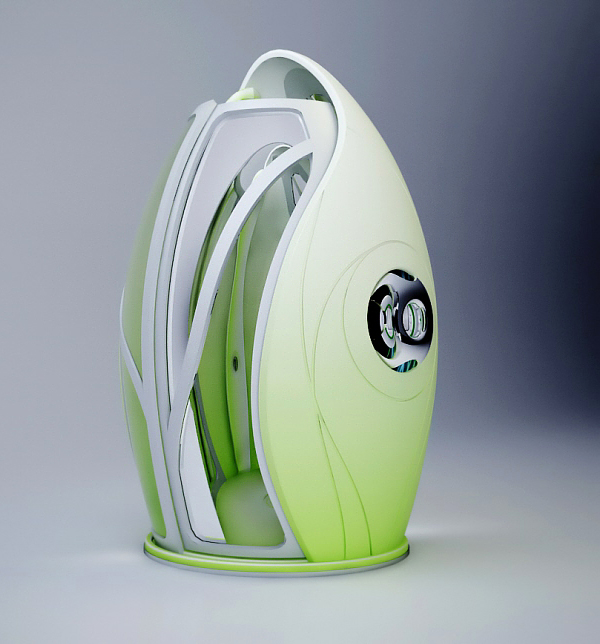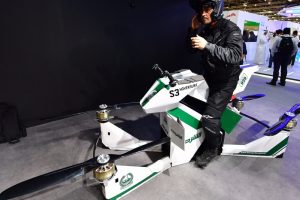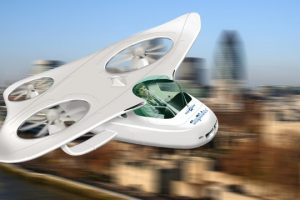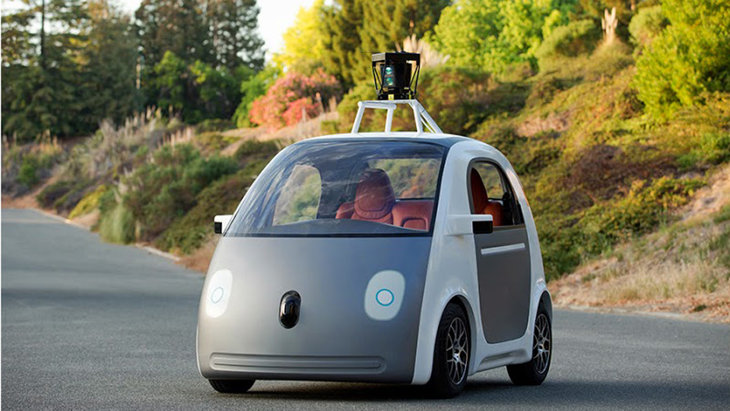Fresh From The Future, Where Wireless Devices Don’t Need Any Batteries

Using ambient backscatter, these devices can interact with users and communicate with each other without using batteries. They exchange information by reflecting or absorbing pre-existing radio signals.
The future is very bright… and yes ‘batteries not included.’
Engineers at the University of Washington have managed to create several devices allowing users to interact or communicate with each other battery-free by repurposing existing radio signals.
It’s called ambient backscatter, a technique whereby a device appropriates wireless signals already bouncing around in the atmosphere and uses them both as a power source and a way to communicate with other devices. Ambient backscattering has similarities to RFID, but differs in that it doesn’t require a high-power signal source, has a relatively small footprint and can communicate device-to-device — unlike RFID, where tags have no ability to detect each others’ existence.
I’m going to borrow the example in the official engineering paper that explains all of this in much finer detail: Say you have a TV tower out there generating radio waves and a couple of battery-free devices nearby — call them A and B. If A wants to send information to B, it reflects or “backscatters” the TV tower’s ambient signals, indicating a digital “0″ or “1″ by switching its antenna to either reflect or non-reflect the signal. The reflected signals form an alternative path from the TV tower to B as well as other potential receivers in the area. TVs and cellphones are designed to work around the existence of alternate signal paths, but B sees that signal change and can decode it as a message sent from A.
“We can repurpose wireless signals that are already around us into both a source of power and a communication medium,” project leader and UW computer science and engineering professor Shyam Gollakota told UW Today. “It’s hopefully going to have applications in a number of areas including wearable computing, smart homes and self-sustaining sensor networks.”
Gollakota and his team just published their paper at the Association for Computing Machinery’s Special Interest Group on Data Communication (SIGCOMM) 2013 conference in Hong Kong, where it went on to win the the conference’s prestigious “Best Paper” award.
Could this be the advent of powerless, adjunct Internet-linked devices in every conceivable nook and cranny? Maybe, but that seems a little optimistic just now: the devices currently function as glorified digital telegraphs, reflecting signals “to create a Morse code of communication between battery-free devices,” project co-author Joshua Smith told UW Today (Smith is also a UW computer science and engineering professor).
The card-sized circuit board prototypes, pictured above with funky-looking antennae, were tested just a few feet apart, each harboring an LED light designed to flash when receiving a signal from another device. To get a sense for how the devices would perform in different scenarios, they were tested in various locations, ranging from half a mile to 6.5 miles from a TV tower. While they worked at all distances, it sounds like they had to be pretty close — just 2.5 feet apart outdoors and 1.5 feet apart indoors — to transmit at a primitive rate of 1 kilobit per second (or around 1,000 bits per second). That’s enough to send small amounts of data, say a text message, but still only 1/56 the speed of an old-school 56kbit modem (you can for now rule out surfing the Internet or watching Netflix battery-free, in other words).
Still, application, application, application: given their size and wireless self-sufficiency, imagine these sensors embedded in everything from structures to vehicles to clothing. An office in a skyscraper might alert someone that a window’s been left open; a vehicle might alert you if the child lock’s been tripped or that there’s change under the seat; running shoes could let you know when you’ve reached their optimal mileage threshold. Or consider UW’s examples: bridges capable of alerting someone if stress-related cracks form, couches that sing out after they “eat” your keys and the option to send text messages or emails with “wearable” technology, battery-free.
Potentially coolest of all: The UW engineers say the technology could be paired with existing powered devices like smartphones and tablets so that you could still use them to send text messages after the battery dies.
To Learn More About This Technology, Watch the Video Below.
Via Time Tech





